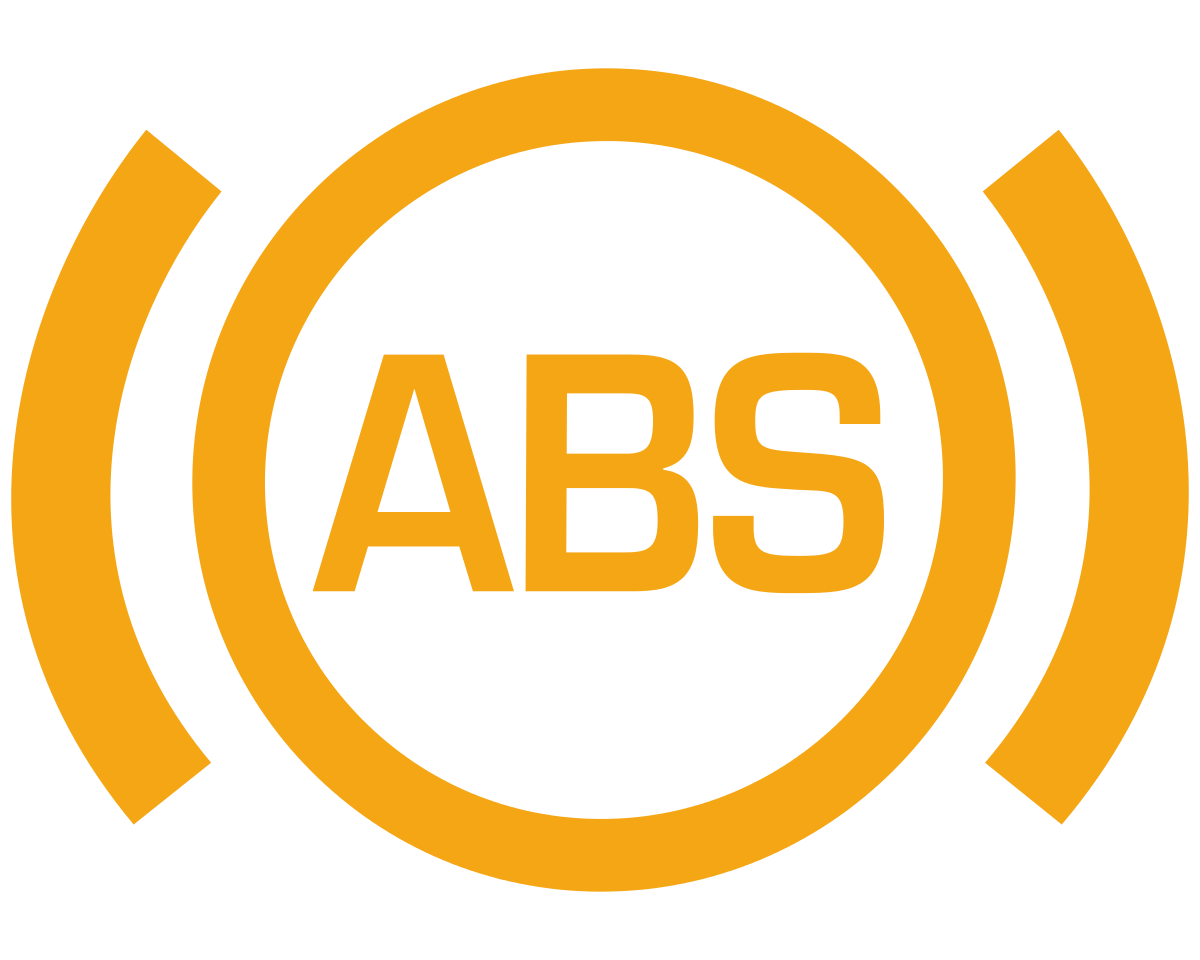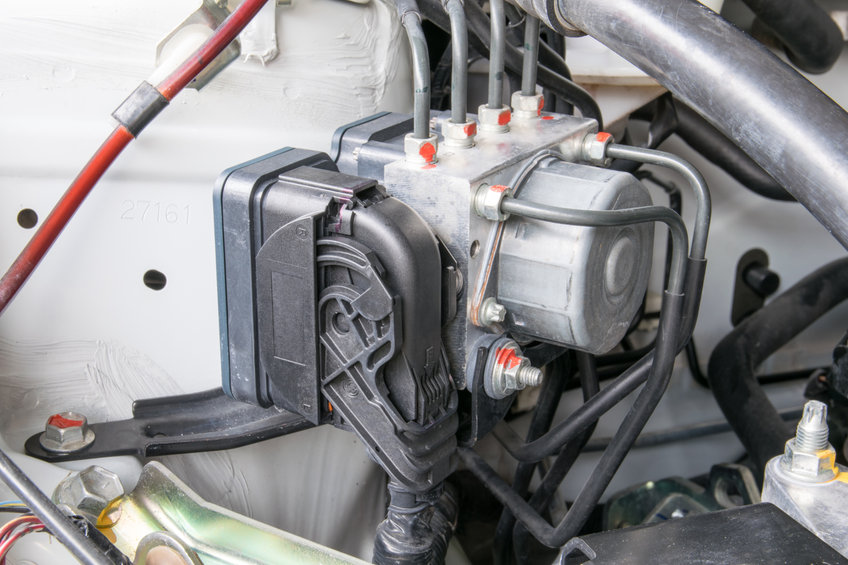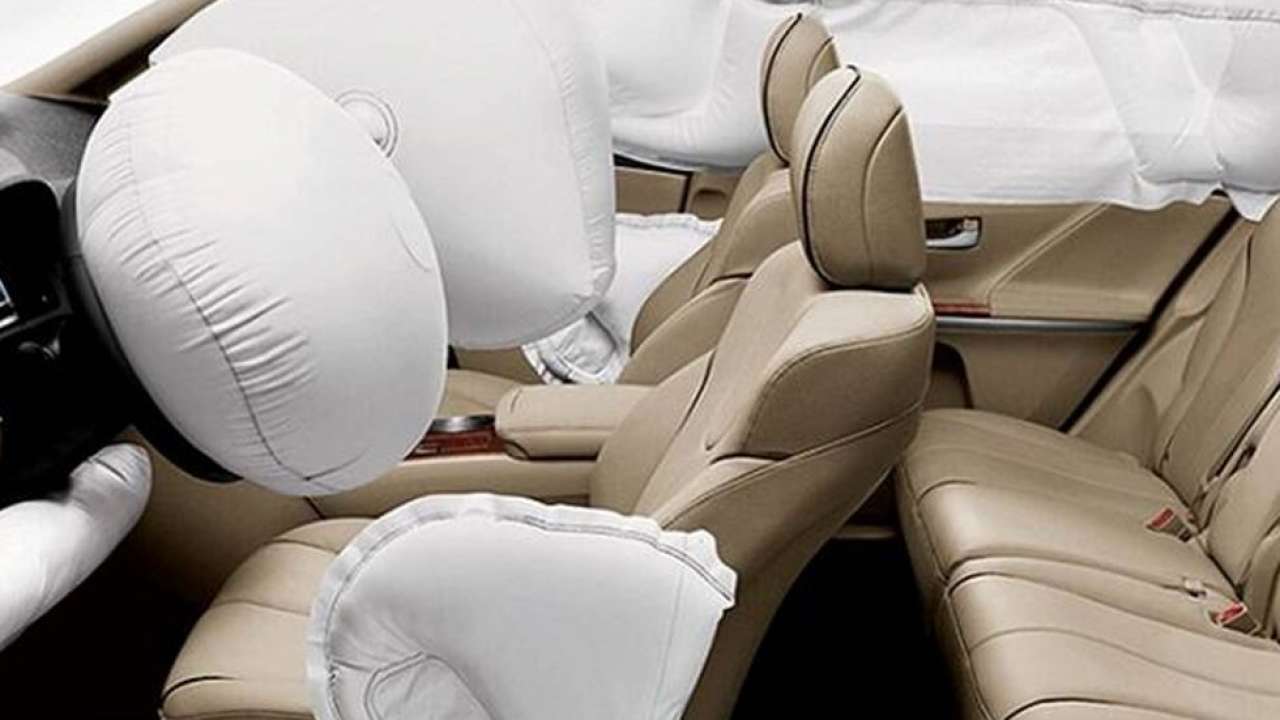ABS, Traction Control, red brake lights, orange triangles or orange ABS lamps; every late model vehicle has them. And in the privacy of brakes classes where everyone is a wrench, we commonly referred to these warning lamps as the “check money lamp.”
Without becoming extremely technical and boring, I will attempt to very simply explain the concepts of these systems and then, more importantly, explain how easily they can be maintained and kept functional, saving you thousands of dollars in repairs.
 To put it very simply ABS really stands for Antilock Brake System, which keeps the rear brakes from locking up and putting you into a rear skid condition. Unbeknownst to most, when those rear brakes lock up, the rear wheels actually rise up off of the road surface losing the benefit of friction which actually makes the vehicle speed up. Originally the first types of ABS systems were called single-channel systems, whereupon the wheel sensor was in the rear differential housing or in the transmission rear extension housing. By monitoring the speed of the drive shaft, the ABS controller could control the rear brakes of the vehicle as a single unit.
To put it very simply ABS really stands for Antilock Brake System, which keeps the rear brakes from locking up and putting you into a rear skid condition. Unbeknownst to most, when those rear brakes lock up, the rear wheels actually rise up off of the road surface losing the benefit of friction which actually makes the vehicle speed up. Originally the first types of ABS systems were called single-channel systems, whereupon the wheel sensor was in the rear differential housing or in the transmission rear extension housing. By monitoring the speed of the drive shaft, the ABS controller could control the rear brakes of the vehicle as a single unit.
With the introduction of independent suspensions it became obvious that each wheel will have to be controlled independently. By installing a speed sensor on each rear wheel, the ABS controller would be able to monitor each of the rear wheels independently. This was the beginning of two-channel ABS systems. Shortly after, many trucks that were straight axle units came into service with 3-channel ABS systems which had a wheel speed sensor on each front wheel and a single sensor in the rear differential. Finally, we have 4-channel ABS which has a speed sensor on each wheel.  This system has developed into a most functional system that not only can stop a lock-up situation, but also identify a wheel that has lost traction on acceleration, it monitors and becomes a redundant odometer, and cruise control, and airbag confirmation point.
This system has developed into a most functional system that not only can stop a lock-up situation, but also identify a wheel that has lost traction on acceleration, it monitors and becomes a redundant odometer, and cruise control, and airbag confirmation point.
Early antilock brake systems monitored the rotational speed of every tire when the brakes are applied or the brake lights were activated. If and when one or multiple wheels slow down far faster than the others the ABS controller then releases the brake pressure to each of these wheels. This is done by preventing the fluid pressure to each of these wheels for microseconds at a time allowing the locked-up wheel or wheels to momentarily turn so as to be able to control the braking event. This allows the driver to have a controlled yet quick braking event, without losing control of the vehicle. The only difference to the driver is that they would feel a rapidly pulsating brake pedal as the skid is kept under control. When the wheel speeds normalize the pulsation goes away. Traction control is Antilock in reverse. When the controller senses that upon acceleration one or more wheels is turning faster than designed the Traction Control /ABS controller actually applies the brakes to slow those wheels down. So for all of you old gear heads “leaving rubber”, that will never happen again.
As far as the redundant monitoring for the speedometer, cruise control, and airbags, just think of it like this: As the transmission is running and sending data to the transmission control module, it controls the shift points and pressures.  If this information becomes corrupted the Powertrain Control Module can refer back to the ABS controller to decide if the vehicle or transmission control system is at fault. Likewise, if the airbag impact sensor registers an impact the PCM will look back to the transmission control for rapid deceleration. The ABS system looks for rapidly slowing wheel speeds or even lock-ups, and finally to see if the brake lights are on before it will detonate the airbag. This and more happens in less than 500micro seconds.
If this information becomes corrupted the Powertrain Control Module can refer back to the ABS controller to decide if the vehicle or transmission control system is at fault. Likewise, if the airbag impact sensor registers an impact the PCM will look back to the transmission control for rapid deceleration. The ABS system looks for rapidly slowing wheel speeds or even lock-ups, and finally to see if the brake lights are on before it will detonate the airbag. This and more happens in less than 500micro seconds.
Now that we can understand why it works, I can tell you how it works. It’s all pretty simple; built within the circuitry is an external pump, which takes control away from the driver’s foot. It sends or removes the pressure to the ABS control unit’s hydraulic circuit. Inside this controller are a series of “dithering” valves and solenoids that have the ability to turn on or off up to 32 times a second. This valving is what applies or removes the brake pressure to the wheels.
 The average cost of the hydraulic portion of the controller is usually between $1500.00 to $2500.00. The electronic portions of the controllers are pretty stable at about $900.00 plus labor and diagnostic testing.
The average cost of the hydraulic portion of the controller is usually between $1500.00 to $2500.00. The electronic portions of the controllers are pretty stable at about $900.00 plus labor and diagnostic testing.
Preventively the cost of flushing your brake’s hydraulic system once every 2 years is about $200.00 and replacing your battery before it goes dead is about $255.00. So when your service provider says that you should have your brake fluid flushed every 2 years no matter how many miles have been driven, think of this: “$200.00 or $1200.00”.
So for the bazillionth time, I end this story with: